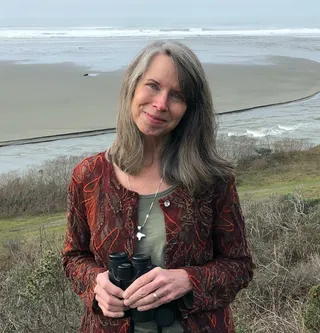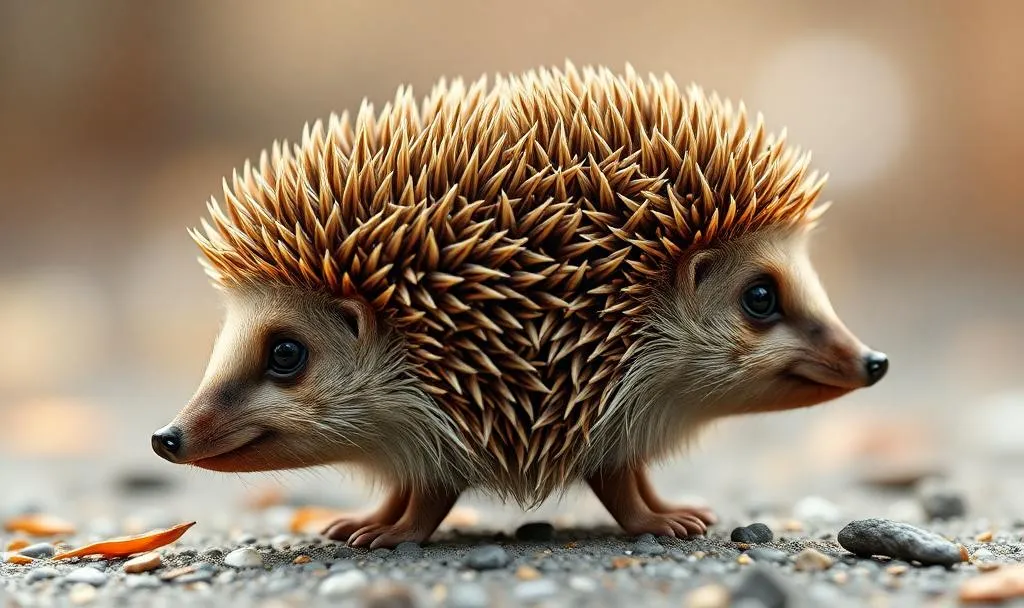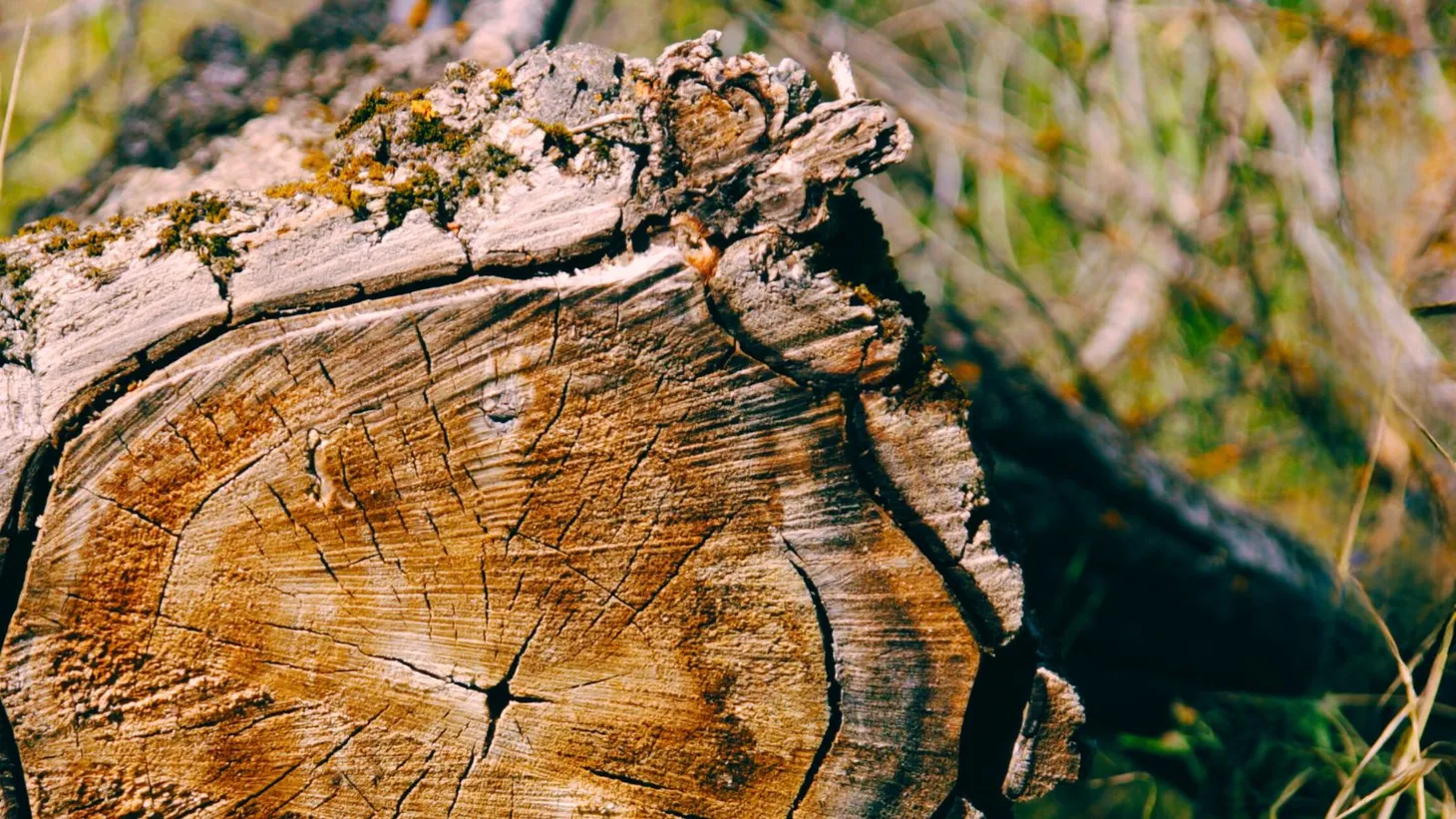Enduring—exploring loss and joy following an election
Flutes, spiders, and thoughts on how we live, together
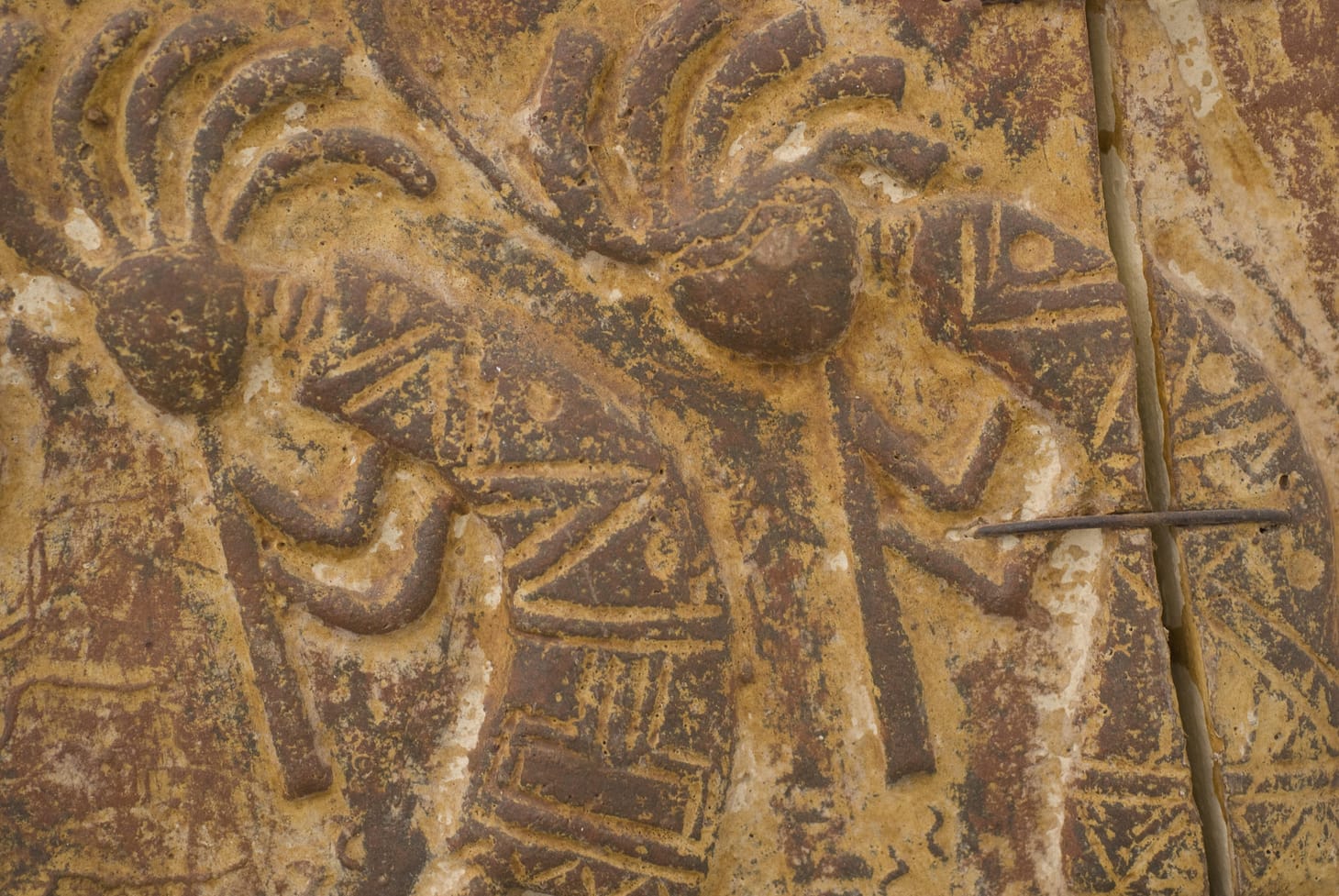
November 7, 2024
The first flutes were made of the wing bones of birds, those big gliders, think vultures or condors. Also the bones of mammals, even mammoths, after they fed those long ago humans who survived the harrowing hunt.
The living bones were making music of the leftover bones. I like that idea.
Who was the first to pick up a clean white bone, put the edge of a hollow humerus or femur to their lips, and blow, their breath crossing the opening in just the right way to make sound? My guess, a curious child.
All of this comes to me as I listen to Carlos Nakai play not a flute of bone but of wood. He’s a Native American flautist, the old term for a flute player that I was taught as a fledgling flautist.
I haven’t listened to his music in a long time, even though it’s just a click away. Today I felt the need for something simple and moving to hold me.
The early days after a major election always feel like some overhyped, homecoming football game, too much adrenaline and expectation, teams taken too seriously, then the hangover. The winners elated, the losers stung with defeat. Cheers and tears, feeding each other.
Shutting my eyes, I take in a song called, Woodsong C. The solo wooden tone of Carlos’ flute, no other instruments or voices, literally enters me through the magic of earbuds. I love the word earbuds, which I hear as two, ear buds.
This moody flute makes the buds of my ears open. What enters, resonates in my chest. I feel the the vibrato of this man’s breath, breath released more than 25 years ago, and still, surprise!, finding its way into this moment, into me.
I savor the slow pulsing, first in my clavicles and ribs, then moving into spine, little monkey-song climbing down the rope of me, knot by vertebral knot, and down into the increasingly less-dense hip bones balancing me in my chair.

Within the red-dark of my closed eyelids, I have become an instrument playing itself.
When was the last time you sat and listened to a piece of music, a favorite artist, that soothed or energized you? Oh, and not just listened, but felt it, with full-on attention, in your body, organic and moving and nurturing?
Every so often there is a brief pause as Carlos takes a breath so he can keep playing. But. The music doesn’t stop. There’s an echoing and the flow of overtones that, once released, can only keep spreading out on those invisible sound waves.
To live, is to make your own overtones. Your breath, words, actions … they don’t really go way, do they? Same for the ones we love, yes?

Earlier this week I was listening again to Sasha Sagan, daughter of Carl Sagan, the planetary scientist, as she read her book, For Small Creatures Such as We: Rituals for Finding Meaning in Our Unlikely World.
She reminded me of what I know, but as with Carlos, had forgotten in a dusty mind-corner.
Is it me, or do you ever forget what you know is true and powerful?
“There is one more way I time travel back to my father. When I was little he told me that air particles stay in our atmosphere for such a long time that we breathe the same air as the people who lived thousands of years ago. I think about that often now. I can take a deep breath and know that some fraction of those particles were once breathed by my dad. What an intimate thing it is to breathe the air of someone you loved.” — Sasha Sagan
As the music brings all this forth, I smile.
Today is my father’s birthday. He’d be 96. I breathe in, drawing in as much air as I can, deep into lungs, belly full and fat.
He’s already in my DNA and the stuff of my cells and the billion bits of memories they help me carry forward. Yet, this “intimate thing” of breathing another is more palpable. Happy Birthday, Daddy.
Not his voice, though a response comes back: All of us are an enduring residue for all of us.
Let’s sit with that, shall we?
The world seems big, until you think about the universe. We’re just one, sprawling village held by gravity to a ball of rock and water, traveling an elliptical trajectory around a bigger, firey ball, lap after lap, until no more laps.
While the laps go on and on, all we have is this planet, this time, this collection of others coming and going. We can’t live without impacting and being impacted by others.
This is the paradox of: heaven is other people and hell is other people, yes?
So how do we live, together?

Seth Godin has an idea. Seth is a best-selling author and entrepreneur, but defines himself as a teacher. I’m reading his new book, and listening to him being interviewed on podcasts as part of his book tour. His book is This is Strategy—Make Better Plans (Create a Strategy to Elevate Your Career, Community & Life).
His is not the concept of strategy that you may being thinking of—no MBA business approach for making bushels of bucks. His strategy is expansive and personal.
Strategy is being intentional about who you are, who you’re becoming, what you choose to do in this life, and how you elect to spend the fleeting, limited hours and minutes of your days.
Every choice is both yes and no. Yes to this hour for a chosen experience or action, which necessitates a No to all other possibilities for spending that measuring-cup of time.
Sometimes watching a cat video is a wonderful way to spend a bit of time and lift the spirit. Other times, yikes!, what is it that I (and perhaps you?) really want to be doing that’s being lost to a random video clip?
In a podcast two weeks ago, curiously called The Icons of Motiversity, Seth talked about the need for empathy in shaping a successful strategy, saying something we may all want to hear, especially after a divisive election season.
“I realize that I can’t change your mind … everything you believe, you believe is true, and I can’t deny you believe that. So, I need to have the humility to show up, acknowledging that you believe it, so I can create the conditions for you to change your mind.” —Seth Godin
While most of life actually isn’t, and shouldn’t be, about aiming to change another’s mind, could you and I do a better job of acknowledging and allowing what we each believe?
Then when the heads bang togther, what if it weren’t about trying to change anyone’s beliefs?
What if we embraced the truth that there can be no change without creating the conditions in which a person might find their own way to another view?
Both candidates preached that so much is possible even if it’s never been done before. Each, in their own way, exemplified this belief—one that, oddly and ironically, they share.
Regardless of your beliefs or mine, what’s possible is only possible by first believing it’s possible. True, believing doesn’t make it so, but believing does make it possible.
Is that a belief we can share?
And what if we considered how our possibilities rub up against others’ possibilities? Does one’s possibilities support or diminish others’ possibilities? Could we care?

What might be possible for you that you don’t believe is possible? What conditions might you—might we collectively—create to shift your belief about what’s possible?
Back when I was a serious fluatist, as a smart, pudgey 17-year old, I had fun trying to make flutes from all kinds of things. I once I decided to see if I could make a kind of piccolo out of a plastic drinking straw.
After band practice, a french horn player, who was brilliant and moving on to study physics at Stanford, explained in detail why it would be impossible to make a flute out of a straw. Ah, his mistake—never tell me what’s not possible.
“I’m not a physicist, I’m a poet, so anything is possible.” I quipped. Can you see his certain face as he shook his head, turned his back, and walked away?
Yes, if you’re wondering, you can make a flute out of a plastic drinking straw, though it takes some practice getting your embrasure just right (the way you hold your lips to the teeny-tiny blowhole) to make a sound. I even had finger holes, albeit cramped for actual fingers, and could play the simple melody of Beethoven’s Ode to Joy.
The piccolo-straw, battered by years and many moves, is still somewhere in my desk.
Near the window is a flute I made from a segment of bamboo my mother found at a garage sale and hauled home for me. The wood is shiny, slick, and hard. It was challenging to carve openings into it—an exacto knife wasn’t the best tool, though excellent for drawing blood from a knuckle.
The last time I played my bamboo flute, a spider crawled out the end, gliding down to the floor on a silvery thread.
Who knew I could turn a song into a spider? See, anything is possible.

Hitting replay on Carlos’ flute solo, I think of my father, who saved me from a house fire, how he howled the worst howl I’d ever hear come out of his body. Running back to get my sisters, there was an explosion, then flames flaring out the window he’d just punched through with his bare fist to grab me.
The sound of that night will always be with me, the flames, the house being consumed, a crackling and creaking, the slumping down of timbers, followed by my father, heaving tears and howling—all the opposite of music.
My strategy, however, is not to let a sense of loss drive this day, even though the mind with it’s protective instincts tends to focus on the bad.
The mind that most needs changing is always one’s own.
If you are hearing some dark music humming in your mind, what is your strategy for turning toward something brighter?
My strategy is to soak in the vibrato of this song gently rumbling in my heartspace, the digital music created by someone I’ll never know yet kept alive in my body, which feels peaceful, grateful, present, and optimistic.
Then I’m going to play something on my old bamboo flute. I’ll press that cool, slick bamboo to my lower lip, blow long and forceful, see if I can still play well enough to inspire another spider to parachute out of my breath.
Here are links to resources mentioned in this piece:
First, if you find yourself struggling with the outcome of the recent US presidential election, I posted some thoughts for supporting yourself on a few social platforms, including the newish Notes platform on Substack. You can read my November 6th post here:
Books and Clips referenced in this piece:
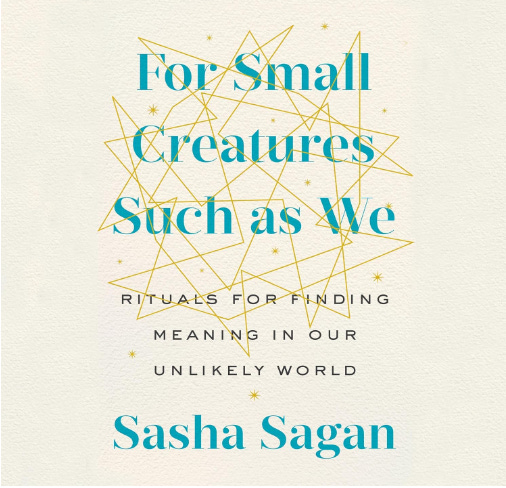
The Wild Now
Get insights & stories for rediscovering life in the wild now.

